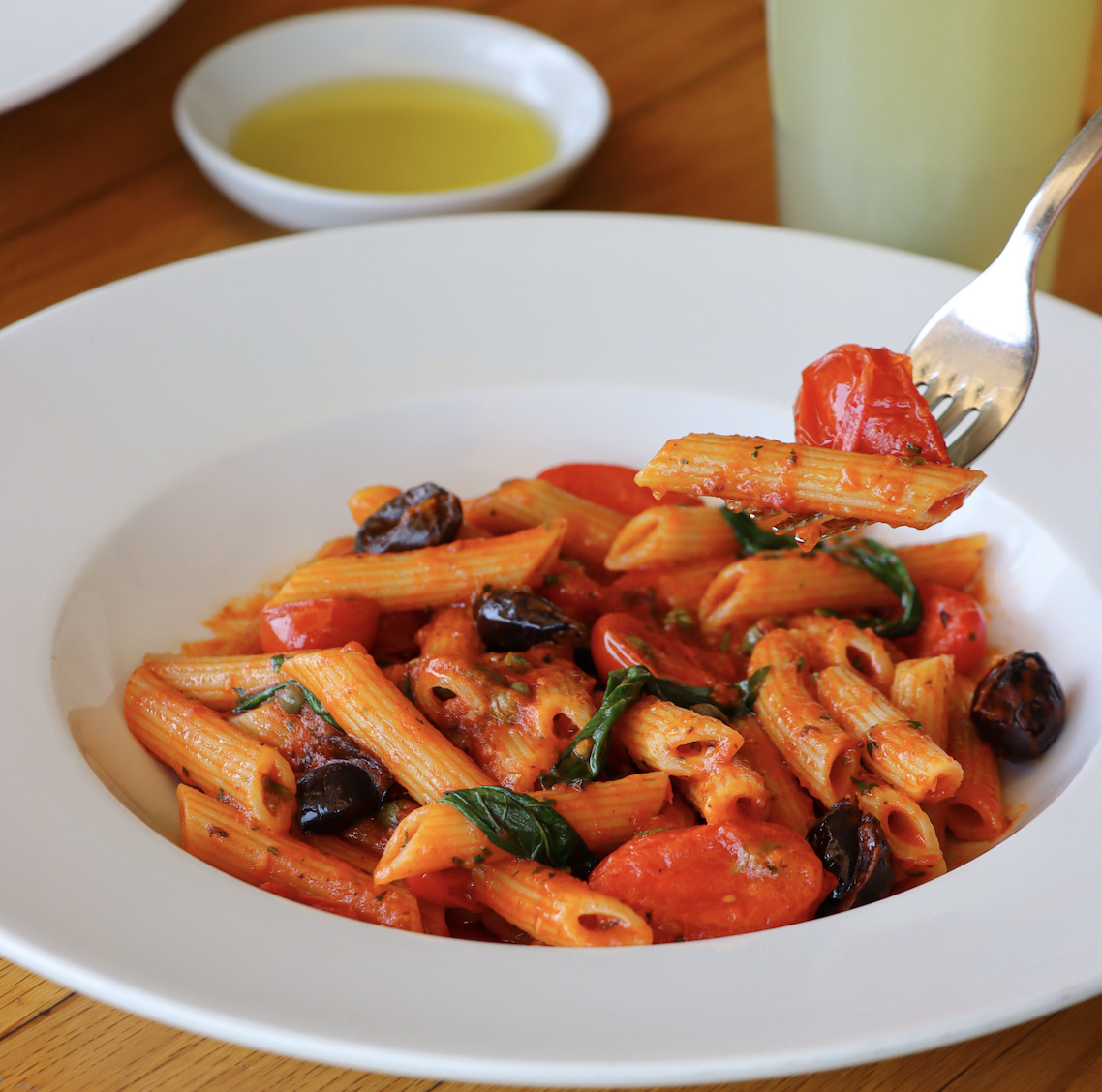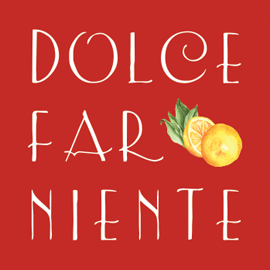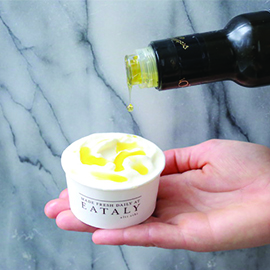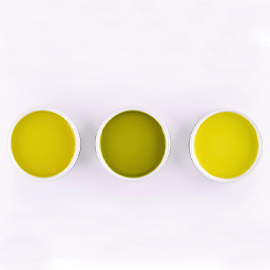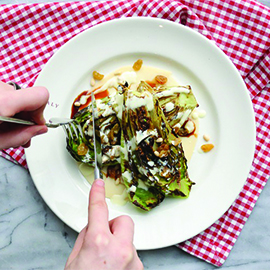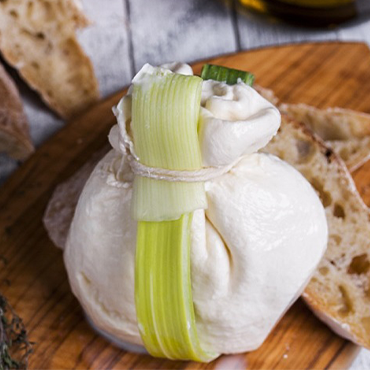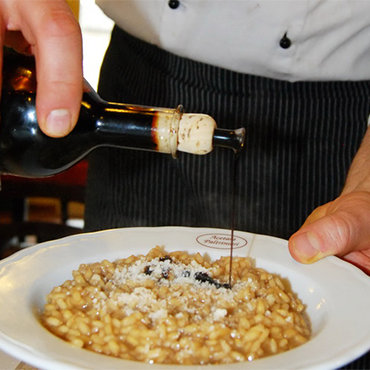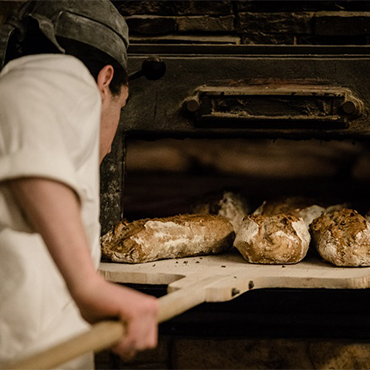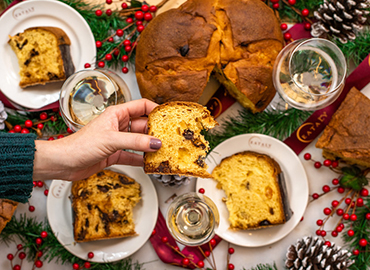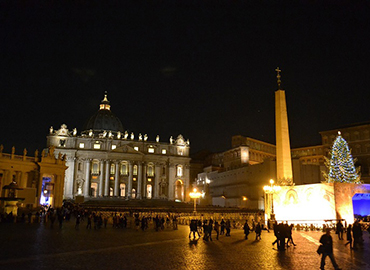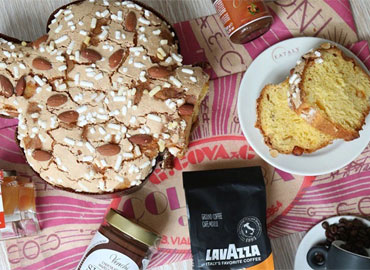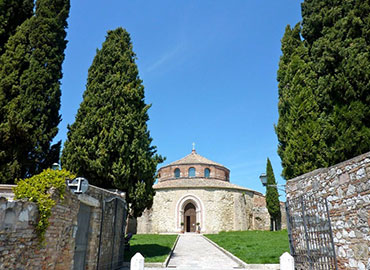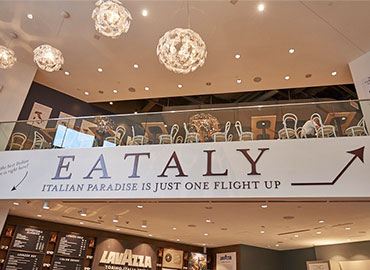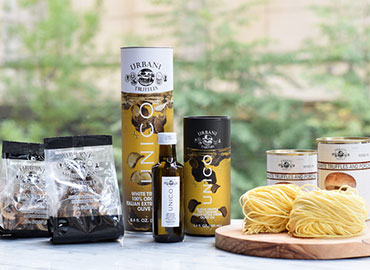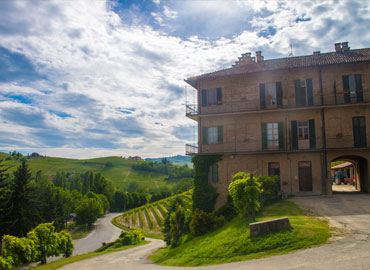WHAT IS CHIANTI CLASSICO?
A renowned red made from at least 80% Sangiovese grapes, Chianti Classico has been produced in the heart of Toscana since the 13th century. Sangiovese has always been the primary grape for this full-bodied red wine, harvested in mid-September to mid-October from vines that grow in limestone, clay, and sandstone-rich soils. This grape variety perfectly captures the terroir of Toscana.
Produced in the heart of Toscana, Chianti Classico can only be made in the following zones: Castellina in Chianti, Gaiole in Chianti, Greve in Chianti, Radda in Chianti, Barberino Tavarnelle, Castelnuovo Berardenga, Poggibonsi e San Casciano in Val di Pesa. That is to say, you can find other Chianti wines outside of these areas, but only those produced within the designated appellation zone can bear the name "Chianti Classico" on the bottle.
THE STORY OF CHIANTI CLASSICO
The Chianti Classico Consortium was founded in 1924, to safeguard its trademark and the bond between the Black Rooster wine and its production zone. By 1984, Chianti Classico earned DOCG (denominazione d’origine controllata e garantita) status, ensuring that all Chianti Classico wines are made in this designated region and according to very specific production requirements.
The telltale sign of a designated bottle of Chianti Classico is the black rooster (you'll find this symbol on the back or neck of the bottle). Why a rooster, you ask?
Legend has it that in medieval times, the Republics of Firenze and Siena were bitter enemies, and the Chianti territory was constantly fought over in the city-states’ quest for dominance. To end the dispute, it was agreed that two knights would arise at dawn, signaled by rooster crow, to depart from their respective cities and decide the boundary based on where they met. The Florentines chose a black rooster, and the Sienese chose a white one.
On the fated day, the black rooster began to crow before dawn, and the Florentine knight set off long before the Sienese knight had awoken. With such a big head start, the knights met at Fonterutoli – just 12 kilometers from the Sienese’s starting point. And so, nearly all of Chianti was brought into the Republic of Firenze, and the black rooster became a lasting symbol of the territory.
TYPES OF CHIANTI CLASSICO
There are three types of Chianti Classico, which differ in chemical composition and sensory features. These three make up the Chianti Classico pyramid.
Gran Selezione at the top indicates that the wine was produced in a single vineyard, from the estate's best grapes, and must be aged at least 30 months (including 3 in the bottle). Of course, these wines must also adhere to the strict organoleptic parameters as outlined by the Consorzio.
Riserva wines are required to age for at least 24 months (with at least 3 in the bottle) and must adhere to specific organoleptic parameters.
Annata is not an official category, and roughly translates to "regular vintage." These wines do not have a minimum aging requirement, but must still adhere to the same strict parameters in order to receive the designation.
HOW TO PAIR CHIANTI CLASSICO
The best part about Chianti Classico? It's probably one of the most versatile wines out there. Lightly spicy, balanced, and dry, with notes of cherry, violet, and leather, this ruby red wine has the power to cut through rich, fatty main courses (Bistecca alla Fiorentina, anyone?) as well as simple pasta dishes. Try this wine with your next antipasto board of salumi and formaggi, or with comforting dishes like ribollita or pici all'aglione for a meal made in Toscana.
Ready to discover this Tuscan favorite? We've partnered with the Consorzio Vino Chianti Classico to bring you our favorite bottles this fall! Pick up a bottle (or more) this month at your local Eataly, taste a selection of our favorite Chianti Classico wines in our restaurants, and shop for Chianti Classico online.








